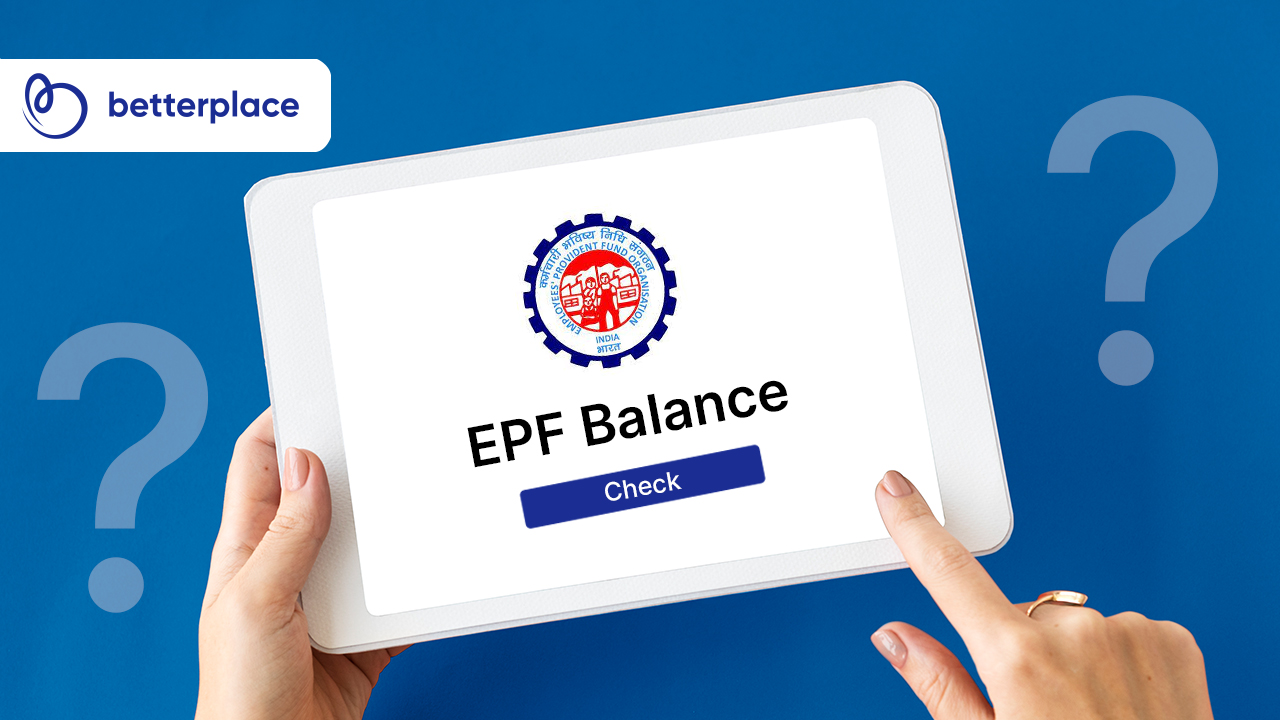HR teams worldwide use various methods to gauge the value of a particular job. Job evaluation is the primary process that assists organisations in performing this task. It helps to systematically assess the importance of a specific job by comparing it to other jobs in an organisation.
This is done to ensure the person taking up the role is paid fairly, and to avoid discrepancies. Job evaluation in HRM is similar to performing a job analysis. In fact, job analysis forms a crucial part of job evaluation.
It also helps determine employee bonuses and salary hikes and to ensure employees’ fair, equitable and consistent pay structure.
Primary Objectives of Job Evaluation in HRM
Recruiting the right candidate for a job: Hiring the right person can reduce the need to hire more people in the future. BetterPlace can help you find candidates who are invested in your business and would want to grow their role as it grows.
Devising an acceptable wage: This is crucial to ensure your employees remain motivated and increase output.
Implementing effective salary structures: This forms an essential part of management. Effective salary structures make sure pay levels are internally fair and externally competitive.
Why Do Organisations Need Job Evaluation?
Besides ensuring fair pay for employees, other factors within an organisation make job evaluation inevitable to ensure a company’s growth. They are restructuring, integrating new technology, policy change, promotions, changes in workload or introducing new positions. All these factors can drastically affect the value or functions of a specific job.
Performing Job Evaluation
While job evaluation is practised by most companies every now and then, the method used to perform job evaluation is unique to each organisation. The job evaluation method primarily depends on the company’s size, goals or the reasons behind the assessment. The following section discusses the best job evaluation methods used by organisations globally.
Top 5 Job Evaluation Methods
Classification Method: In the classification method of job evaluation in HRM, a set of characteristics is created, and jobs with similar characteristics are grouped. It is considered to be less time-consuming as compared to other methods.
Example: Let’s say there are two hundred employees with different jobs in a company. These jobs can be grouped into five or ten grades, along with grade descriptions like the job that comes under grade ten works under close supervision and performs repetitive tasks.
Ranking Method: In the ranking method, jobs are ranked according to their perceived values compared to other jobs. It does not consider market compensation rates and works best for smaller companies. This is because, in larger companies, the number of positions is greater and might need to be grouped to be ranked.
Example: Take the top five ranks in investment banking for instance. It starts with investment banking analyst, investment banking associate, vice-president, and senior vice-president or director ranked in ascending order.
Point-Factor Method: This job evaluation method helps identify factors that add value to a particular job position. The factors are classified into groups of different requirements like responsibility, effort, or skills. The points that specific jobs score on these factors are added up to get an average value or a point value. However, this method can generate a job hierarchy.
Example: Let’s assume a company has a hundred employees with different amounts of work experience. Using this method, they are categorised and allotted points according to their years of service in the company. For example, 20 points for employees with 2-3 years, or 40 points for those with 5-7 years of experience.
Factor Comparison Method: This method is similar to the point factor method as it categorises different job factors under created groups. The difference is that, here, instead of a point value, each factor is assigned a dollar value. Because of its complexity, many organisations avoid using this method for job evaluation. Communicating the job values assigned to the employees can also be challenging as they are often subjective.
Example: You can look at the example used for the point-factor method to understand the factor method. The only difference is that the points scored will be converted into dollars in the end.
Market Analysis Method: In this method, external data is used to decide a job’s value. It analyses and compares similar job postings to determine the value of the job. The monetary value is also determined through research and comparison of similar jobs in the market. Using this method, an organisation also indirectly compares its standing against the competition.
Example: Let’s say an organisation is looking for an associate manager. To decide the compensation for the role, it will look up what other companies are offering for the same position.
Improvement in employee productivity and retention is a byproduct of job evaluation, regardless of the method your organisation chooses. Knowing how a specific job works in your organisation’s favour is the ultimate end goal. After all, you can’t hire someone for a role until you know its true value.
FAQs
Q1. What is the purpose of job evaluation?
Job evaluation helps organisations ensure employees’ fair, equitable and consistent pay structure. It helps organisations recruit the right candidate for a job, correct placements of employees, devise a good wage and implement effective salary structures.
Q2. What are some internal factors contributing to the need for job evaluation?
Restructuring, integrating new technology, policies, promotions, changes in workload or introducing new positions are internal factors that make job evaluation necessary to ensure a company’s growth.
Q3. What are some methods for job evaluation?
Organisations can pick from several methods to perform job evaluations. However, the five widely used methods are the factor comparison method, point factor method, ranking method, market analysis method and classification method.
Q4. What is the primary problem with using the point-factor method?
One of the issues with using the point-factor method is that it can generate a job hierarchy.








